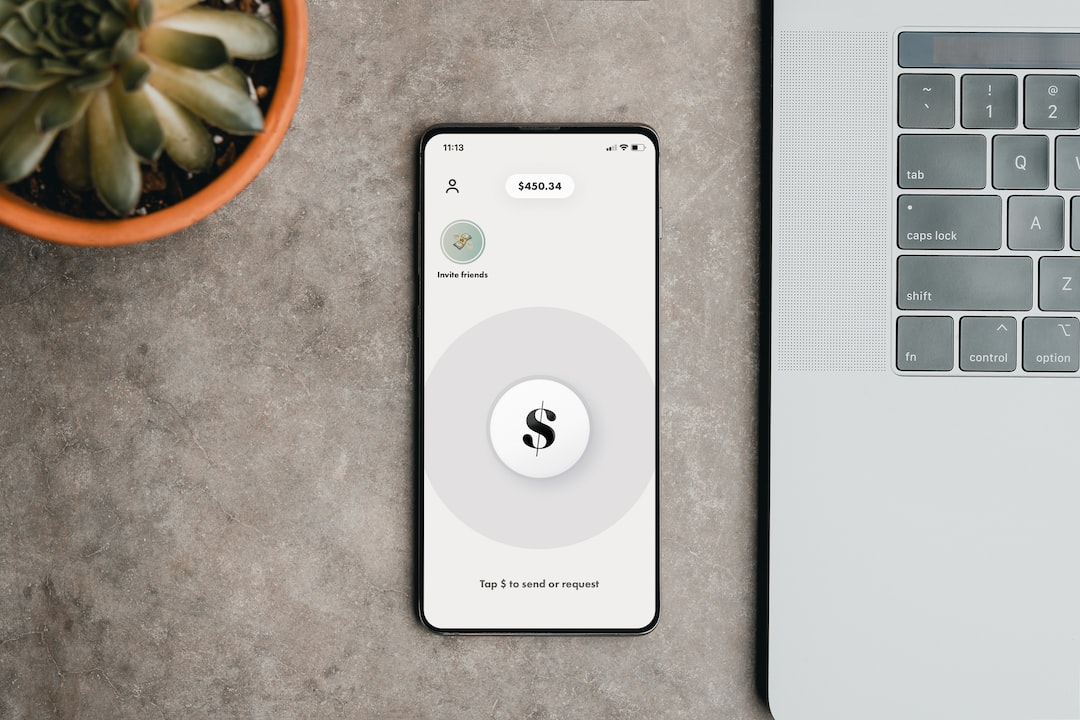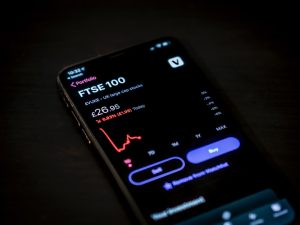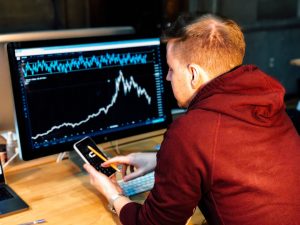Moving average is a popular technical analysis tool used in forex trading. It is a simple mathematical calculation of the average price of a currency pair over a certain period. It is a lagging indicator that helps traders identify trends and potential entry and exit points. This article will explain how moving average works in forex trading and how traders can use it to their advantage.
Moving average calculation
Moving average is calculated by adding the closing prices of a currency pair for a specific period and dividing the total by the number of periods. For example, if a trader is using a 10-period moving average, the calculation would be as follows:
Moving average = (Closing price for period 1 + Closing price for period 2 + Closing price for period 3 + … + Closing price for period 10) / 10
The result is a single value that represents the average price of the currency pair over the specified period. This value is plotted on a chart, and traders can use it to analyze trends and potential trade opportunities.
Types of moving averages
There are different types of moving averages that traders use in forex trading. The most common types are:
1. Simple moving average (SMA)
The simple moving average is the most basic type of moving average. It calculates the average price of a currency pair over a specific period, as described above.
2. Exponential moving average (EMA)
The exponential moving average gives more weight to recent prices than older prices. It is calculated by using a formula that gives more weight to the most recent prices. The formula is complex, but most trading platforms have a built-in EMA indicator that does the calculation automatically.
3. Weighted moving average (WMA)
The weighted moving average is similar to the exponential moving average. It gives more weight to recent prices but also takes into account the number of periods. The formula is more complex than the EMA, but it is still easy to use with most trading platforms.
How to use moving average in forex trading
Moving average is a useful tool for traders to identify trends and potential trade opportunities. Here are some ways traders can use moving average in forex trading:
1. Trend identification
Moving average can help traders identify trends in the market. If the price of a currency pair is above the moving average, it is considered a bullish trend, and if it is below the moving average, it is a bearish trend. Traders can use this information to enter long or short positions, depending on the direction of the trend.
2. Support and resistance levels
Moving average can also be used to identify support and resistance levels. If the price of a currency pair is approaching the moving average, it can act as a support or resistance level. Traders can use this information to enter or exit trades or set stop loss and take profit levels.
3. Crossovers
Moving average crossovers occur when two moving averages of different periods cross over each other. This can indicate a trend reversal or a potential entry or exit point. For example, if a short-term moving average crosses above a long-term moving average, it can signal a bullish trend, and traders can enter a long position.
4. Multiple moving averages
Traders can also use multiple moving averages to identify trends and potential trade opportunities. For example, they can use a short-term moving average to identify short-term trends and a long-term moving average to identify long-term trends. Traders can then look for crossovers between the two moving averages to confirm their analysis.
Conclusion
Moving average is a useful tool for traders to identify trends and potential trade opportunities in forex trading. It is a lagging indicator that helps traders analyze past price movements and predict future price movements. Traders can use different types of moving averages and different time frames to suit their trading style and strategy. However, like all technical analysis tools, moving average is not 100% accurate, and traders should use it in conjunction with other indicators and fundamental analysis to make informed trading decisions.





